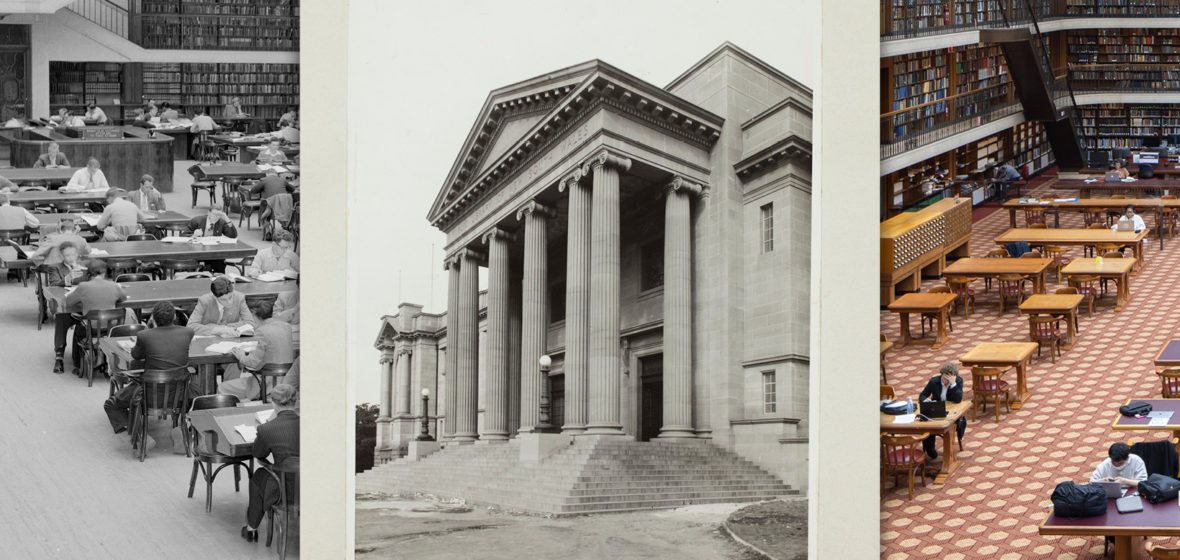Established in 1869 in order to catalogue, capture and preserve the documents of early European settlement, the State Library of NSW has faced a number of pivot points in its 152-year history, reflecting the shifting narrative of who we entrust to tell the stories of our nation.
Suppose you enter the State Library of New South Wales through the Mitchell vestibule from its main entrance in Shakespeare Place. The first thing you notice is the beautiful mosaic on the floor with the Tasman map in the style of the original in the Burgerzaal of the Dutch Royal Palace of Amsterdam. You leave behind a classic portico with eight ionic columns and three dramatic bronze doors, facing the beginning of the Eastern Distributor and the Royal Botanic Gardens.
If you were dropped at precisely that spot, it looks like the city starts there. Not from the bay, but hatching from a busy road into a place of solemn quiet. Inside, next to the map, are the words of a Scottish philosopher carved in sandstone: “In books lies the soul of the whole Past Time; the articulate audible voice of the Past, when the body and material substance of it has altogether vanished like a dream.”
The words invite you to consider the value of the knowledge you are about to consume. Perhaps accidentally, it also provides context to a building that always looks forward to the past with the same eagerness as it embraces its future.




